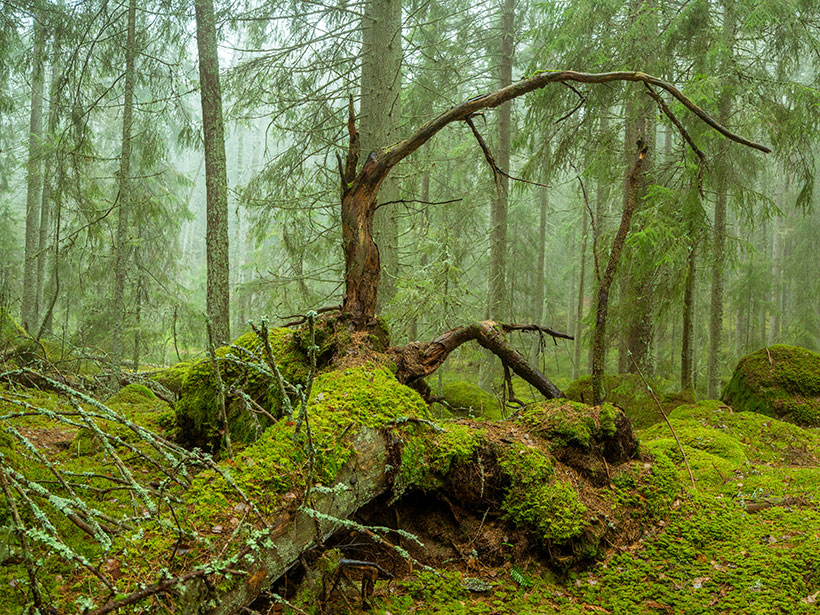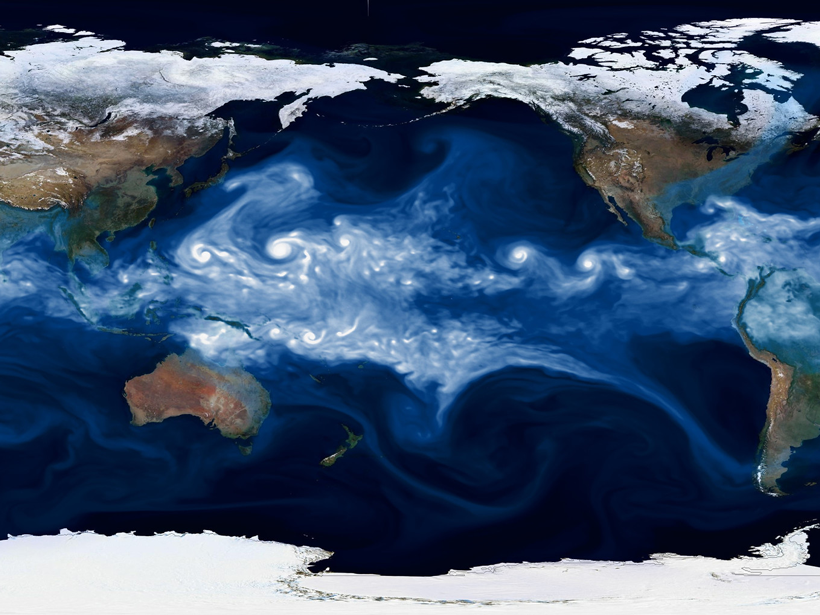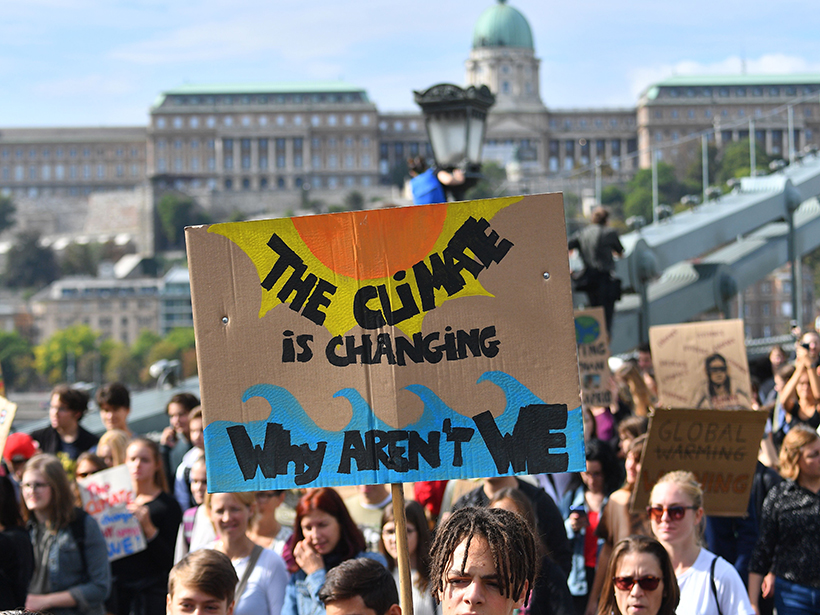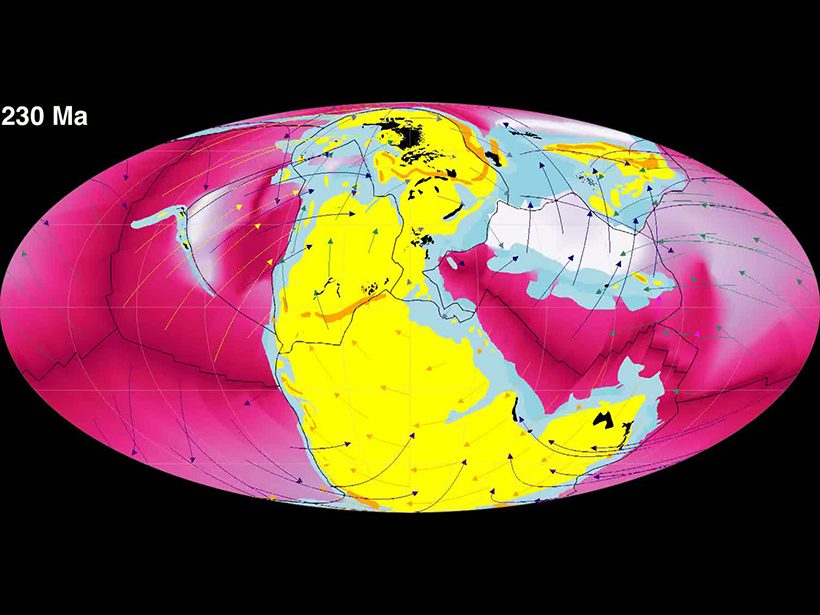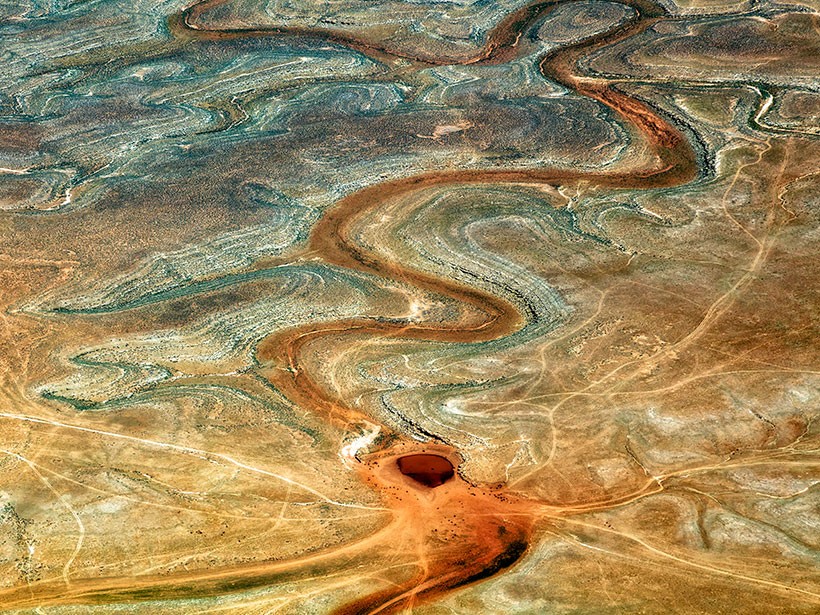Amid the coronavirus uncertainty, the European Union is standing by its Green Deal pledges.
News
Teaching Machines to Detect Climate Extremes
Artificial intelligence can be used to analyze massive amounts of data from climate simulations, but more training data are needed.
Did Ozone Loss Cause the End Devonian Mass Extinction?
Ozone loss, perhaps as a consequence of a warming climate, may have been responsible for a catastrophic loss of biodiversity.
Podcast: Instruments of Unusual Size
Rumbling volcanoes act like giant musical instruments that researchers can study to better monitor eruptions.
Water Ice Lurks in Young—but Not Too Young—Lunar Craters
Using topographic data, researchers have estimated the ages of water ice–containing craters near the Moon’s poles and ruled out volcanism as being a primary route for water delivery.
“Now Is the Time” for Green Recovery, Scientists Say
Otherwise, fossil fuel emissions will return to normal.
Hackathon Participants Solve Global Problems—from Home
More than 200 participants from 38 countries joined the virtual INSPIRE Hackathon to solve problems in food security, transportation, and more.
Visualizing the Deep Carbon Cycle
Geoscientists have created animations to help visualize different components of Earth’s carbon cycle.
Frequently Dry Waterways Still Contribute to Carbon Emissions
A new international collaboration found that dry inland waters—no matter where they were located—contributed significant global carbon dioxide emissions.
Education May Increase Emissions but Mitigate Human Cost of Climate Change
Increasing education in the developing world could lead to a modest increase in carbon emissions due to economic growth, but education could also reduce the negative impact of climate change on vulnerable populations.

